de Maio, M; Swift, A; Signorini, M; Fagien, S. on behalf of the aesthetic leaders in Facial Aesthetics Consensus Committee
Plastic & Reconstructive Surgery: August 2017 – Volume 140 – Issue 2 – p 265e–276e
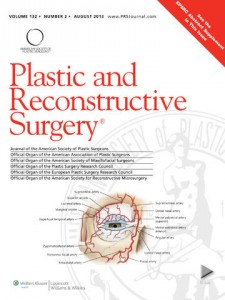 Techniques for the administration of injectable fillers and neuromodulators for facial aesthetic rejuvenation and enhancement continue to evolve. As the number of physicians with limited experience in providing aesthetic treatments expands, the need for guidance and training from more experienced injectors has become apparent. The use of a slow, careful, and methodical injection technique is imperative in all treatment settings and for all facial areas. Constant attention to local anatomy, particularly arteries, veins, and nerve bundles, is critical for minimizing complications. This first article of a three-part series addresses techniques and recommendations for aesthetic treatment of the upper face.
Techniques for the administration of injectable fillers and neuromodulators for facial aesthetic rejuvenation and enhancement continue to evolve. As the number of physicians with limited experience in providing aesthetic treatments expands, the need for guidance and training from more experienced injectors has become apparent. The use of a slow, careful, and methodical injection technique is imperative in all treatment settings and for all facial areas. Constant attention to local anatomy, particularly arteries, veins, and nerve bundles, is critical for minimizing complications. This first article of a three-part series addresses techniques and recommendations for aesthetic treatment of the upper face.
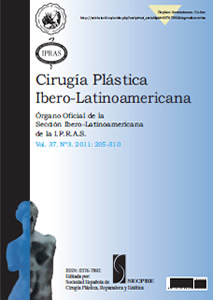
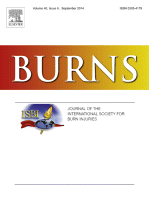 The purpose of this systematic review and meta-analysis was to assess the clinical effectiveness of nanocrystalline silver compared to alternative silver delivery systems (silver sulphadiazine [SSD] and silver nitrate) in adults and children with superficial and deep partial thickness burns.
The purpose of this systematic review and meta-analysis was to assess the clinical effectiveness of nanocrystalline silver compared to alternative silver delivery systems (silver sulphadiazine [SSD] and silver nitrate) in adults and children with superficial and deep partial thickness burns.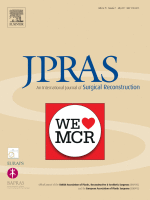 Implant infections in the setting of breast reconstruction present a significant setback for patients with breast cancer. Traditional management of implant infections is predicated on the operative removal of the implant and delayed replacement. Another option for implant infection management has emerged in which the soft tissue infection is neutralized, the implant is removed, the surgical site is washed out, and a new implant replaced immediately. In this study, we present our findings with the implementation of this technique and an algorithm for choosing which patients are the most appropriate candidates on the basis of a retrospective review.
Implant infections in the setting of breast reconstruction present a significant setback for patients with breast cancer. Traditional management of implant infections is predicated on the operative removal of the implant and delayed replacement. Another option for implant infection management has emerged in which the soft tissue infection is neutralized, the implant is removed, the surgical site is washed out, and a new implant replaced immediately. In this study, we present our findings with the implementation of this technique and an algorithm for choosing which patients are the most appropriate candidates on the basis of a retrospective review.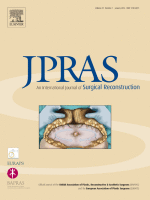 Augmentation mammaplasty is one of the most common surgical procedures performed by plastic surgeons. The aim of this study was to estimate the cost of the initial procedure and its subsequent complications, as well as project the cost of Food and Drug Administration (FDA)-recommended surveillance imaging.
Augmentation mammaplasty is one of the most common surgical procedures performed by plastic surgeons. The aim of this study was to estimate the cost of the initial procedure and its subsequent complications, as well as project the cost of Food and Drug Administration (FDA)-recommended surveillance imaging.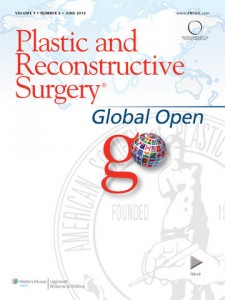 Psychoactive drug use is on the rise in the United States, with plastic surgery patients a potentially susceptible group. This study aimed to determine the incidence of cosmetic and reconstructive patients in our practice taking psychoactive drugs and to compare those values with the national average. Furthermore, we discuss the patient safety concerns when patients withhold their medical history information over the course of their treatment.
Psychoactive drug use is on the rise in the United States, with plastic surgery patients a potentially susceptible group. This study aimed to determine the incidence of cosmetic and reconstructive patients in our practice taking psychoactive drugs and to compare those values with the national average. Furthermore, we discuss the patient safety concerns when patients withhold their medical history information over the course of their treatment.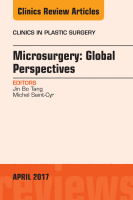 As microsurgical expertise has improved, allowing for the safe transfer of smaller and more refined flaps, free tissue transfer has continued to gain popularity for the management of pediatric soft tissue and bony defects. For the past 2 decades pediatric microsurgery has been shown to be technically feasible and reliable. The major advantage of free tissue transfer in children is the ability to reconstruct defects in a single stage, avoiding the historic treatments of skin grafting, tissue expansion, and pedicled flaps. This article reviews the present state-of-the-art in pediatric microsurgery.
As microsurgical expertise has improved, allowing for the safe transfer of smaller and more refined flaps, free tissue transfer has continued to gain popularity for the management of pediatric soft tissue and bony defects. For the past 2 decades pediatric microsurgery has been shown to be technically feasible and reliable. The major advantage of free tissue transfer in children is the ability to reconstruct defects in a single stage, avoiding the historic treatments of skin grafting, tissue expansion, and pedicled flaps. This article reviews the present state-of-the-art in pediatric microsurgery.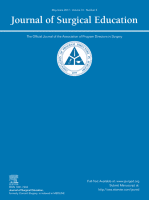 Research sets the foundation for developing plastic surgeons who think critically and approach clinical practice with an inquisitive mind. The objective of this study was to characterize current attitudes and perceived barriers towards conducting research during residency.
Research sets the foundation for developing plastic surgeons who think critically and approach clinical practice with an inquisitive mind. The objective of this study was to characterize current attitudes and perceived barriers towards conducting research during residency.

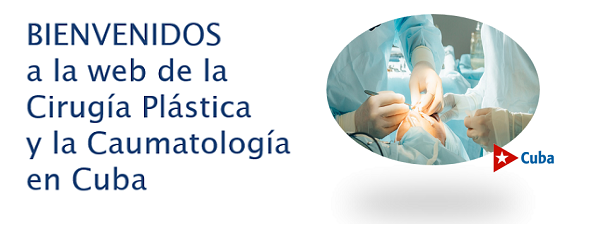
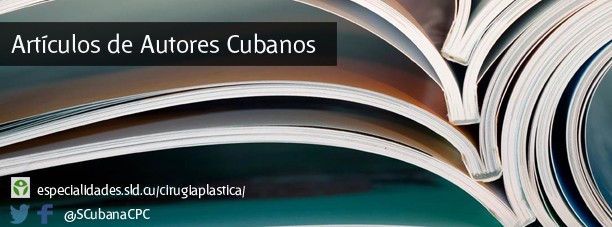
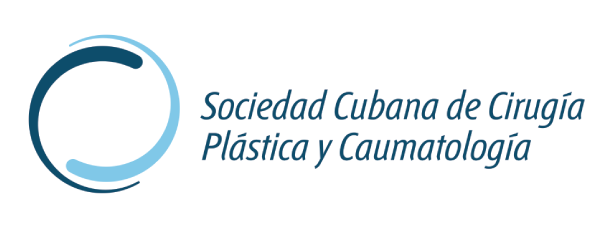

 Sitio web publicado el
Sitio web publicado el
Los lectores comentan